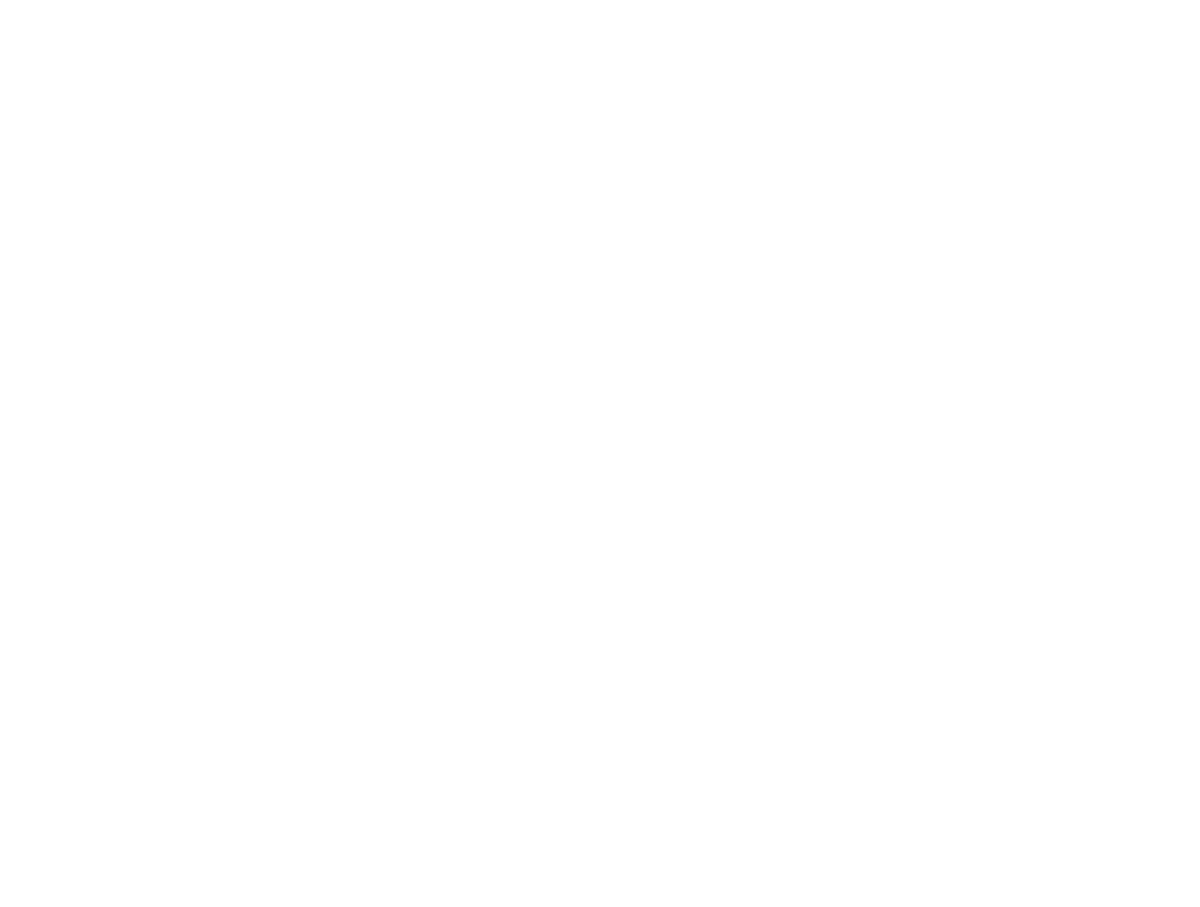Check out Printers and Color Printing Forum section of our forum.
OK, so this is a tough question...
Dec 15, 2022 15:50:34 #
Ballard
Loc: Grass Valley, California
SonnyE wrote:
Hi Ballard! br I was able to do some sets of darks... (show quote)
Hi SonnyE
Sounds like you are making great progress. I've gotten use to .fits since most astro camera software produces .fits. At the end I will usually convert to .tiff and or .jpg for final touch up with a standard photo processing program. When taking video of the moon and planets my DLSR creates .mov which I have to convert to .ser files for Autosakkert to handle (PIPP works great for the conversion). On the Mars occultation I ended up converting the video to a bunch of .jpg since I had to batch process the moon out of the image with my standard photo software as Autosakkert got very confused when I told it to stack based on the mars image with the big old moon also in the picture. When I told it to stack on the moon it was fine, but of course Mars came out a blurry streak since the moons motion relative to Mars was pretty high even over just a minute or so. I'm still working on processing some of these shots and hope to finish and post them once I catch up on my honeydo's.
A couple of months ago I set up a website and have just about finished adding some written info on most of my astro shots. It is still very much a work in progress but if you (anyone else) feels like checking it out go to https://ballardbare.smugmug.com/
Any comments and suggestions are always welcome.
Dec 15, 2022 16:37:09 #
robertjerl wrote:
OK, confession I had no idea what you meant by &qu... (show quote)
Hi Robert!
Sorry, the joke was on these other guys who have spent years trying to educate me.
Dark Files are images made by covering the front of the telescope, and shooting a series of dark images to be used in the processing of the images.
I think basically they give the processing program a dark image to sort out sensor noise.
Flat files, same idea, give the program a white FOV (Field of View) to use.
So basically, telling the program, this is black, and this is white. And where the edges are.
And there are files called Bias. Which are fast dark frames, as fast as the camera can take it. For example my Astro Camera can only take .001 second at its fastest, as far as I know. Where a DSLR might take something around 1/8000 of a second.
It makes an image of sensor background noise. I think they are hot pixels in some cases. Again, to tell the processing program what a star is, and what is not. So, it can put dark where there isn't a real star after all.
At least that is my primitive understanding of what they are, and how they are used in processing.
Here are some examples of what I see on my display...
I can see there is some sort of an anomaly with my imaging train as the upper left has something odd going on in the Dark and the Flat .jpg's
So, I learned by answering your post, Robert.
All are welcome to critique this so I can learn from your knowledge. Thank You!
Like I said, to the best of my understanding. Which if it was a puddle, might not even wet your soles of your shoes.

Bias image saved as a .jpg
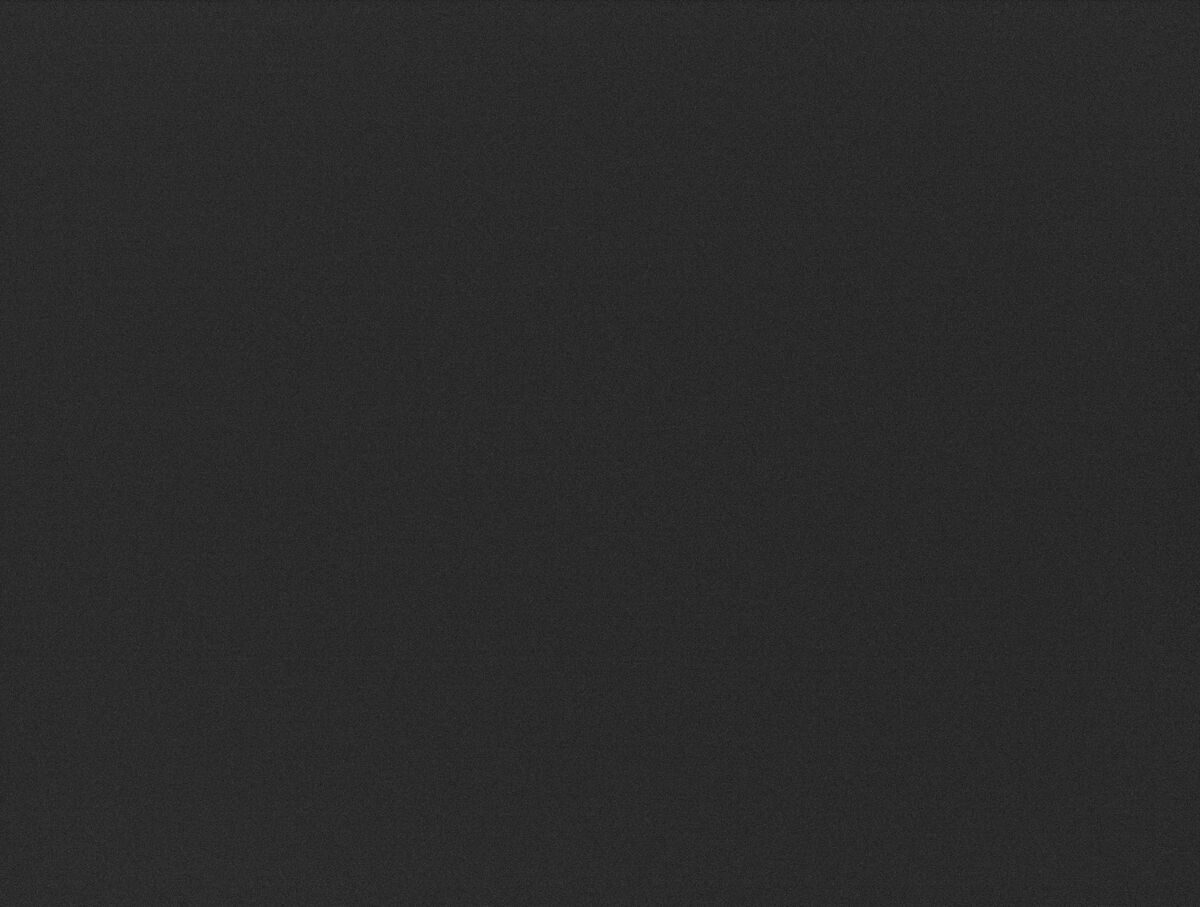
(Download)
Dark image saved as a .jpg
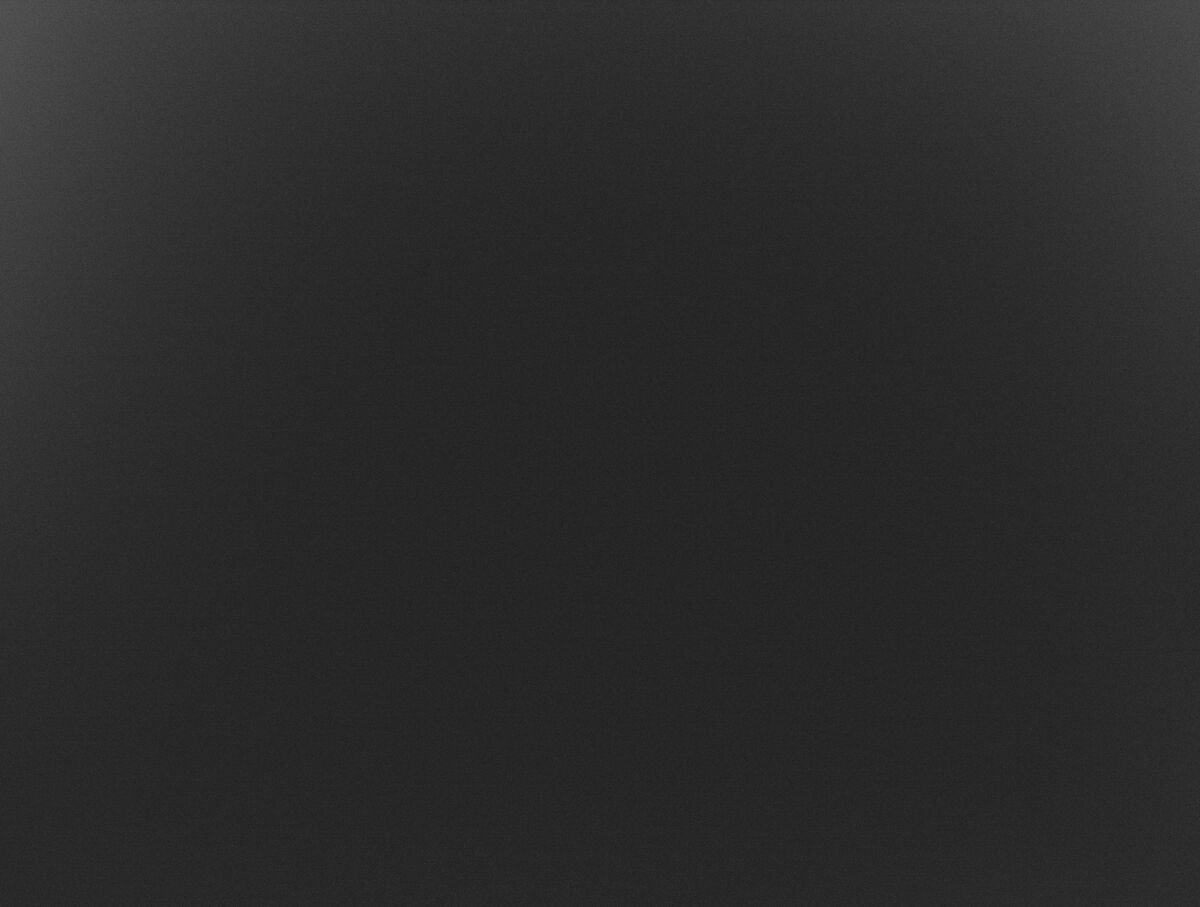
(Download)
Flat image saved as a .jpg
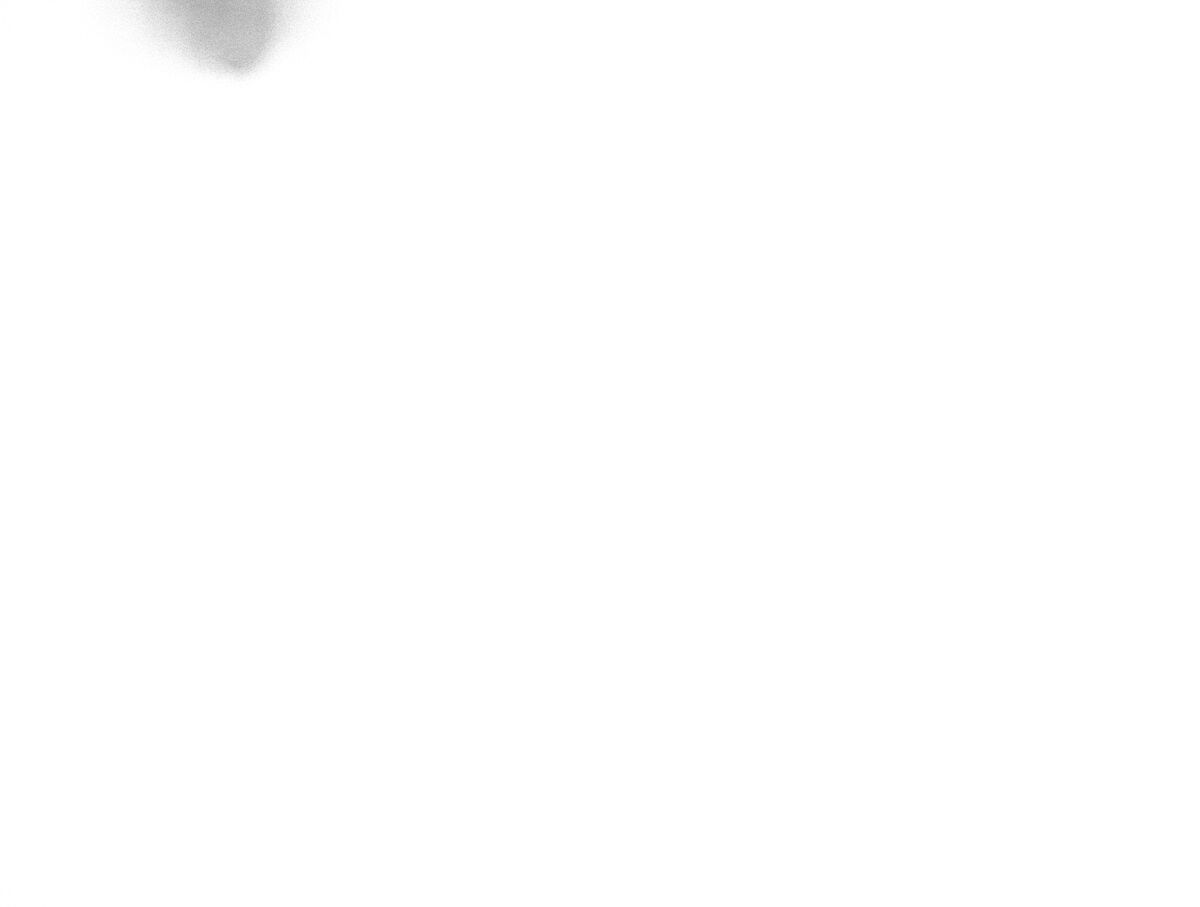
(Download)
Dec 15, 2022 17:20:14 #
Ballard wrote:
Hi SonnyE br Sounds like you are making great prog... (show quote)
Looks great to me, Ballard!
I was viewing your deep space files and was glad to see I'm not the only one catching satellites and airplanes in my stacks.
 I'm on the Northern approach for Burbank and other parts South. I get a LOT of plane traffic.
I'm on the Northern approach for Burbank and other parts South. I get a LOT of plane traffic.Thank You for the boost! I am trying, in my bumbling ways.
My early attempts with fits files were mostly disastrous, partly to mostly because I didn't know what I was doing (and still don't )
 ) and as the years and thousands upon thousands of images later have gone by, I have come to appreciate better equipment.
) and as the years and thousands upon thousands of images later have gone by, I have come to appreciate better equipment.Even at that, I'm pretty rough around the images edges.

I was afraid I would hit a wall, and I did. Several things got in the way, stumbling and falling out of interest, and a sundry of excuses. But I'm coming back with some better chances than I had before.
This Mono business is kicking my butt again, but I'm gaining on it. I think.
I'm finding errors in my way of saving my images that are bugging me. But it's all a learning experience.
even though I think I have a good hold on my equipment now, and learning a routine, if I don't pay attention, I generate files with the wrong names attached. All I can do is cuss and laugh at myself during this lifelong learning curve.
I think I'm about to dump a bunch of data and begin again.
 Clean out the trash.
Clean out the trash.
Check out Photo Critique Section section of our forum.
Dec 15, 2022 19:19:24 #
Ballard
Loc: Grass Valley, California
SonnyE wrote:
Looks great to me, Ballard! br I was viewing your ... (show quote)
Yep. I've got a lot of trash images I have started to clean up. One thing I like when using SGPro is that it will automatically name the files with the filter used, camera temp set, binning mode etc so I can keep things straight. It took a while to get this setup the way I want it but I'm getting there. When working with mono cameras I found that it works well the stretch each filter stack separately and to monitor the background intensity and set each one to have the same background level (e.g. 350 out of 65535). If I combine the LRGB stacks before stretching it seems a lot harder to get the color balance the way I want it. I like to experiment a lot to see what works best for me.
To keep things straight I always set following directories up for each object with subdirectories. If I take the object with a different setup then there is a subdirectory for each setup. In each of those directories I then have Lum, Red, Green, Blue, Ha, etc. Under each of those Directories I have the .fits files and then a directory for the good images(fits files that have that came out OK), Calibrated images and registered images. When using the DSLR I don't have filter directories but include a Debayered directory for non-video images.
eg M33 /
Meade_ZWO/
Lum/
m33_gain_100-25C_light_120sec_1x1_L_0051.fit
.
.
m33...L_00XX.fit
Good/
m33_gain_100-25C_light_120sec_1x1_L_00051_a.fit
.
.
m33...L_000XX_a.fit
Calibrated/
m33_gain_100-25C_light_120sec_1x1_L_00051_a_c.xifs
.
.
m33...L_00051_a_c.xifs
Registered/
m33_gain_100-25C_light_120sec_1x1_L_00051a_c_r.xifs
.
.
m33...L_00051a_c_r.xifs
Red/ (Same pattern as Lum only with R rather than L and appropriate exposure time)
Calibrated
Good
Registered
Green/(Same pattern as Lum only withG rather than L and appropriate exposure time)
Calibrated
Good
Registered
Blue/(Same pattern as Lum only with B rather than L and appropriate exposure time)
Calibrated
Good
Registered
Ha/(Same pattern as Lum only with Ha rather than L and appropriate exposure time)
Calibrated
Good
Registered
Refractor_ZWO / Same pattern as above for refactor images
Dec 15, 2022 20:29:05 #
Marc G wrote:
Sonny, you bad boy :)
If you had a TEC (temperature controlled) cam, you can build a dark frame library within your home during the day.
My library consists 30s 60s 90s 180s 240s 300s @ -5 x ten frames & the same @ -10 thus saving hours under the stars
If you had a TEC (temperature controlled) cam, you can build a dark frame library within your home during the day.
My library consists 30s 60s 90s 180s 240s 300s @ -5 x ten frames & the same @ -10 thus saving hours under the stars
BTW - I'm in process of making my new Dark library. And it's easy because I just run an auto sequence.
My skies are crap tonight. So, gives me something to focus on,
Focusing on Darks

I going to run some flats to see if that odd burst shows up again, or if it was just a BBQ stain on the T-shirt.

-5 and -10? Does it make a bit of difference in your experience? I typically run my TEC at -15°C currently, because I don't know any better. In fact, the further I go, the less I realize I know.
-15°C is 5°F Is that not cold enough? Or should I be going sub-zero, say -15° F (-26°C)
Is the colder the better to reduce sensor noise? Or is there a "sweet spot" I should hunt down for my camera?
Dec 15, 2022 21:08:01 #
Ballard wrote:
Yep. I've got a lot of trash images I have started... (show quote)
The ZWO does generate its own files, with a lot of pertinent data.
For example:
Dark_Flaming Star Nebula IR filter_60sec_Bin1_filter-BlackForDarks_-15.0C_gain139_2022-12-12_194902_frame0001
The human error element is me forgetting to change the title from "Flaming Star Nebula", to the current object, and from Light, to Dark, to Flat, to Bias. The loose nut behind the steering wheel.

Since I only have one telescope, I can't screw that up.

I forced myself to change 45 files from Flaming Star Nebula to Casper (the friendly Ghost nebula). A tedious process. Spanked my hand. "I will not talk in class" on the black board 100 times.
I'm learning.

 Mostly the hard way.
Mostly the hard way.I had to develop my own meaningful storage files when I started. Transitioning to this new camera means learn a new pattern to follow. And an old fart like me has a hard time changing. But the whole system is a lot easier than the POS Orion I began with. Then the Atik camera blew me away the first image the first night. But I wore it out.
Now I'm forcing myself to learn imaging with a Mono camera. But there is a lot of fully automatic features (Thank God) to make it even better than ever.
If the prune in my head can figure it out. LOL!
Tonight I have crap skies, so working indoors, making dark files, next Flat files, and just trying to get the ducks in a row. But it's a lot like pushing a logging chain uphill.

Thank You for sharing your knowledge!

Dec 16, 2022 01:24:24 #
SonnyE wrote:
Hi Robert! br Sorry, the joke was on these other g... (show quote)
I discovered (I think) why my Flat file has that flare in it.
Not knowing, I had placed a small light near my masked telescope to add light to the white door I was using as a light source.
I've been running a new set of Flat files for processing use, without additional light, and they come out smooth.
Operator error.

Check out Traditional Street and Architectural Photography section of our forum.
Dec 16, 2022 11:41:06 #
Ballard
Loc: Grass Valley, California
SonnyE wrote:
I discovered (I think) why my Flat file has that flare in it.
Not knowing, I had placed a small light near my masked telescope to add light to the white door I was using as a light source.
I've been running a new set of Flat files for processing use, without additional light, and they come out smooth.
Operator error.
Not knowing, I had placed a small light near my masked telescope to add light to the white door I was using as a light source.
I've been running a new set of Flat files for processing use, without additional light, and they come out smooth.
Operator error.

Hi SonnyE
I normally set the intensity of the flat histogram to the center of the intensity region, so my flats tend to show the vignette which seems to help smooth the image. See the first image below.
Regarding how much the temperature matters, I took a look at a highly stretched -12 C vs the same stretch at -25 C both taken with 1x1 binning and 500seconds long and there is some difference. (see images below). In general I try and use a lowest temperature the camera can reasonably maintain based on the nighttime ambient temperature. I've also noticed that the longer the exposure of each subframe the more the temperature seems to matter.
Master flat with the luminance filter on the Meade LX200 at prime focus.

(Download)
Master Dark at -25C for 500seconds gain 100 1x1 binning
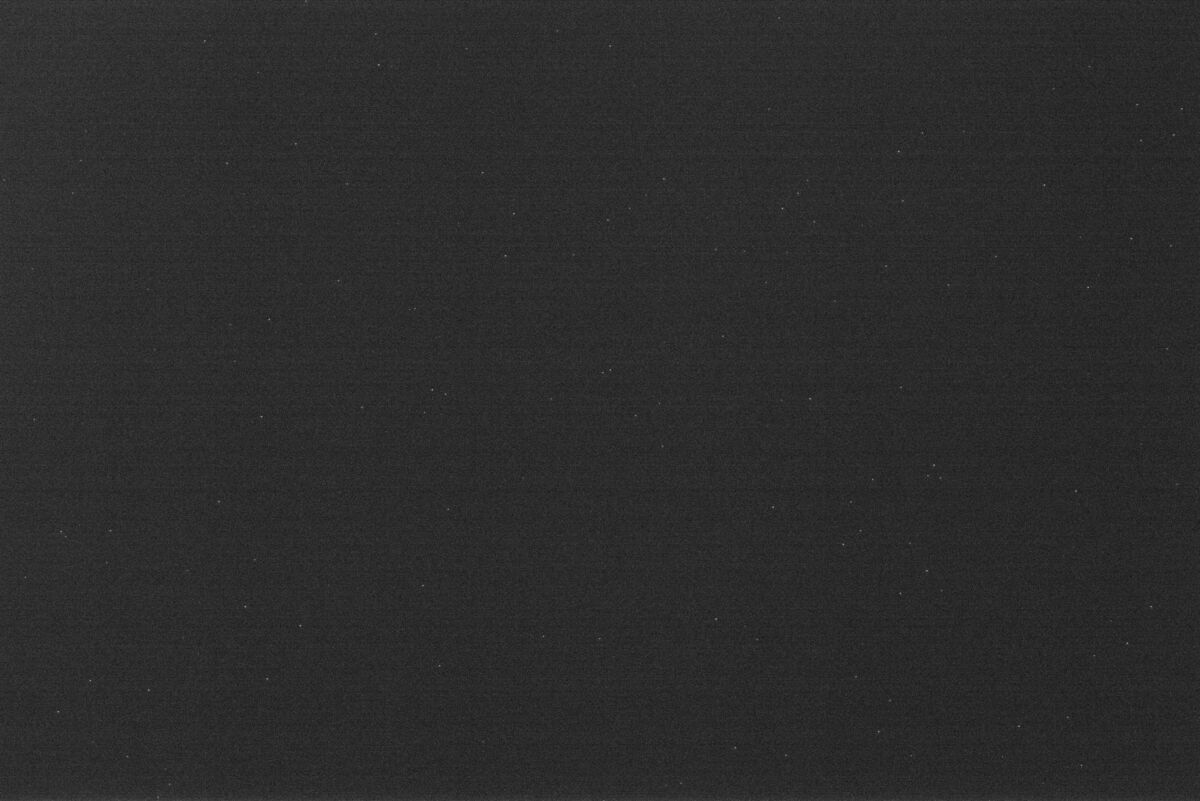
(Download)
Master Dark at -12C for 500seconds gain 100 1x1 binning
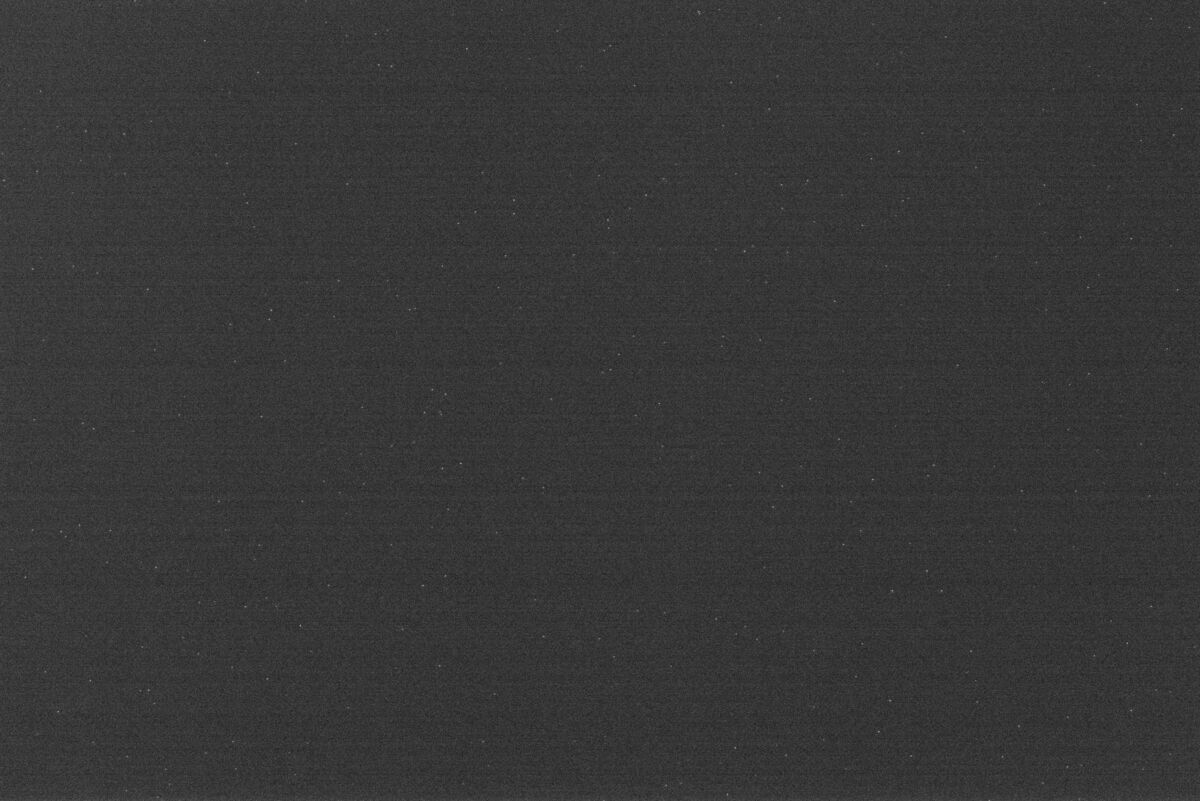
(Download)
Dec 16, 2022 12:53:31 #
It does appear the lower tempurature has less pixels glowing.
Where there is a noticable difference between the -12° and the -25° images.
It would be interesting to see how cold my camera would go.
(Of course ambient would likely have an effect.)
I'll run an experiment after it is idle.
Where there is a noticable difference between the -12° and the -25° images.
It would be interesting to see how cold my camera would go.
(Of course ambient would likely have an effect.)
I'll run an experiment after it is idle.
Dec 16, 2022 16:48:44 #
Ballard
Loc: Grass Valley, California
SonnyE wrote:
It does appear the lower tempurature has less pixels glowing.
Where there is a noticable difference between the -12° and the -25° images.
It would be interesting to see how cold my camera would go.
(Of course ambient would likely have an effect.)
I'll run an experiment after it is idle.
Where there is a noticable difference between the -12° and the -25° images.
It would be interesting to see how cold my camera would go.
(Of course ambient would likely have an effect.)
I'll run an experiment after it is idle.
There is a slight difference in the amount of noise in these Dark frames, but I had to really stretch the image to see it and these were fairly long exposures at 500secs (just over 8 minutes).
Dec 19, 2022 04:14:19 #
Launches potential hammer to Sonny & others lol
Do you need BIAS frames with a dedicated astro cam?
I for one haven't used BIAS frames for years, flats & dark flats work for me :)
Do you need BIAS frames with a dedicated astro cam?
I for one haven't used BIAS frames for years, flats & dark flats work for me :)
Check out Infrared Photography section of our forum.
Dec 19, 2022 12:11:34 #
Ballard
Loc: Grass Valley, California
Marc G wrote:
Launches potential hammer to Sonny & others lol
Do you need BIAS frames with a dedicated astro cam?
I for one haven't used BIAS frames for years, flats & dark flats work for me :)
Do you need BIAS frames with a dedicated astro cam?
I for one haven't used BIAS frames for years, flats & dark flats work for me :)
Hi Marc
The read noise I see in the BIAS frames is small and may not make a noticeable difference. Below is a very stretched Master Bias I have been using. The noise is very uniform and low, but it is easy to use when doing the image calibration with pixinsight. Certianly Darks and Flats are far far more important.
If you want to reply, then register here. Registration is free and your account is created instantly, so you can post right away.
